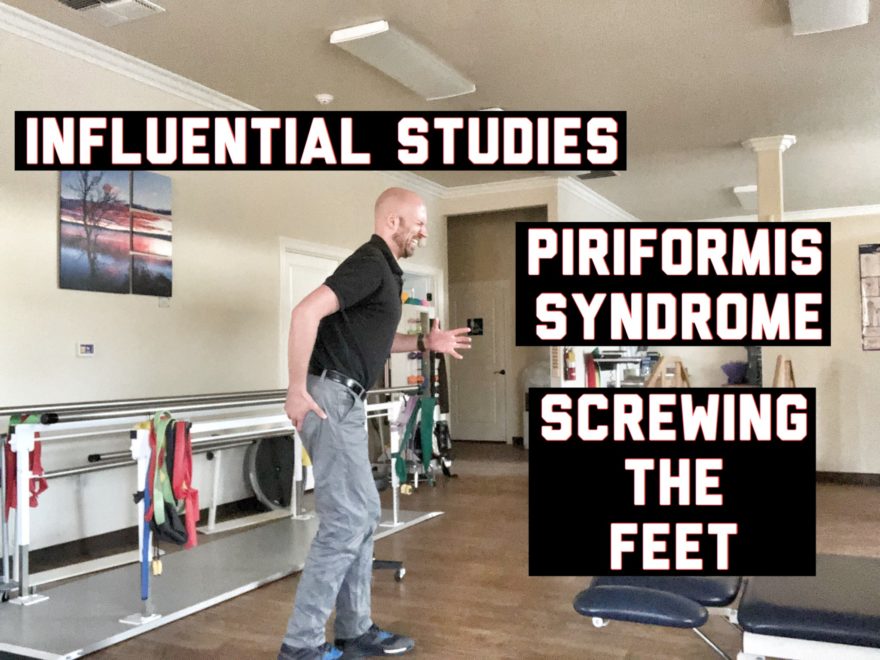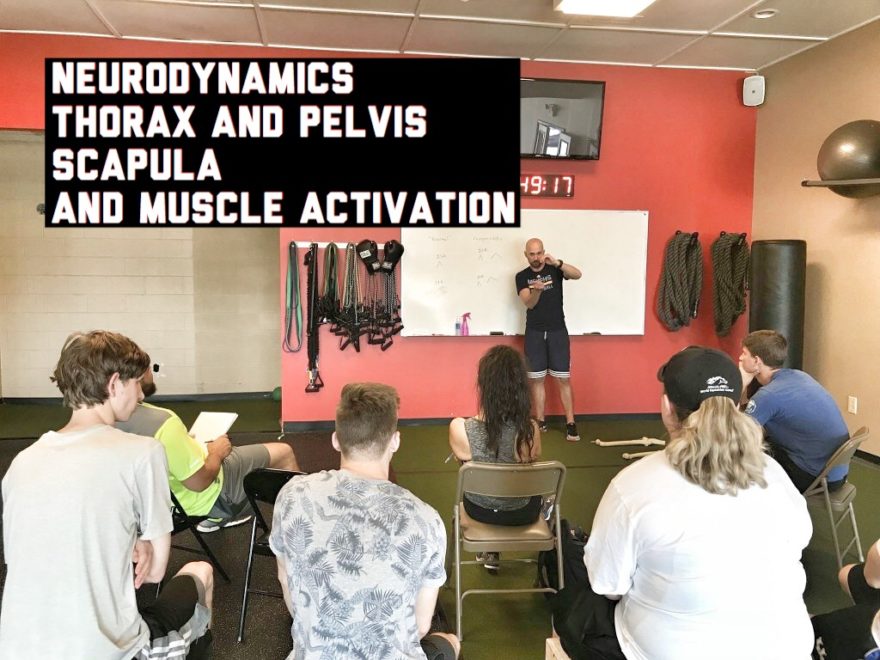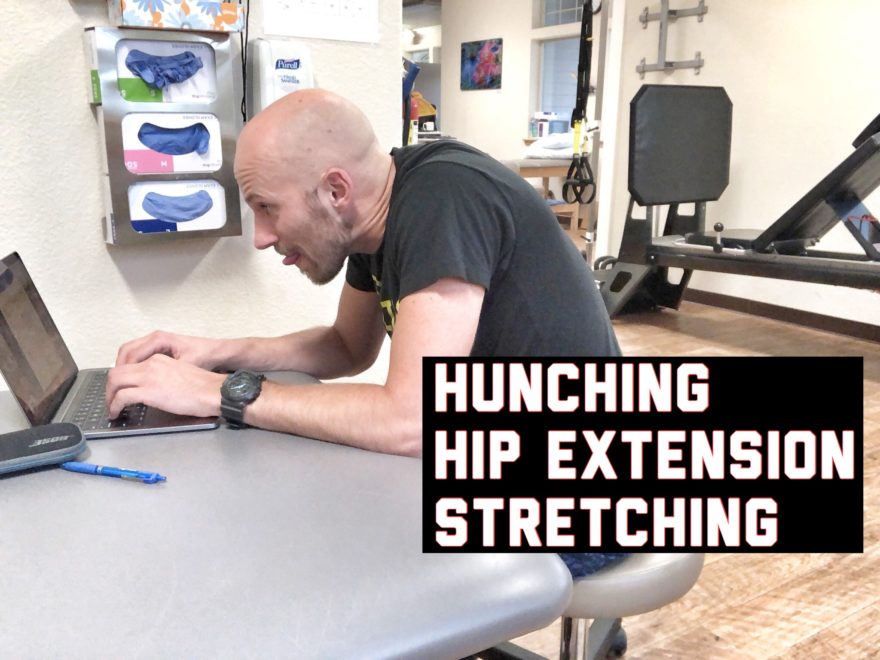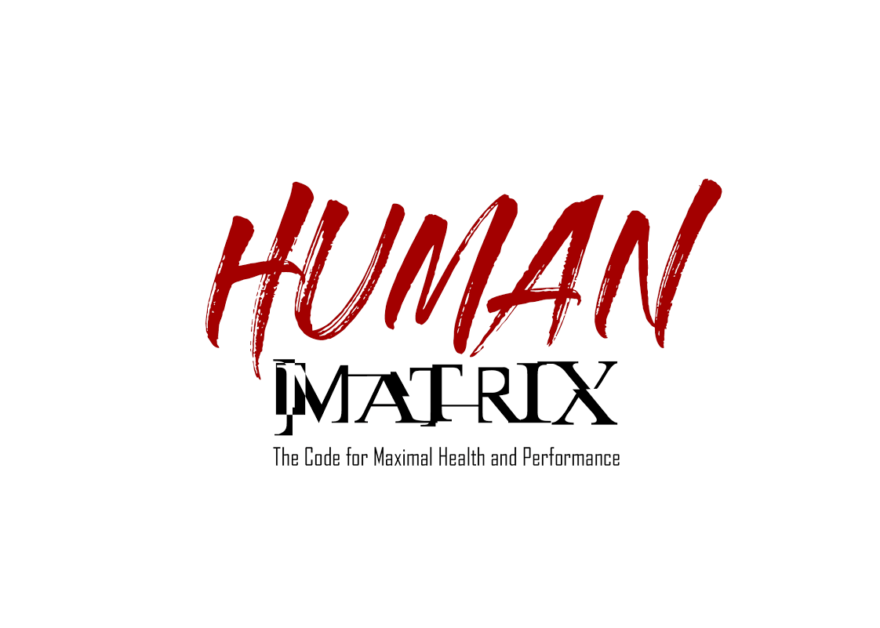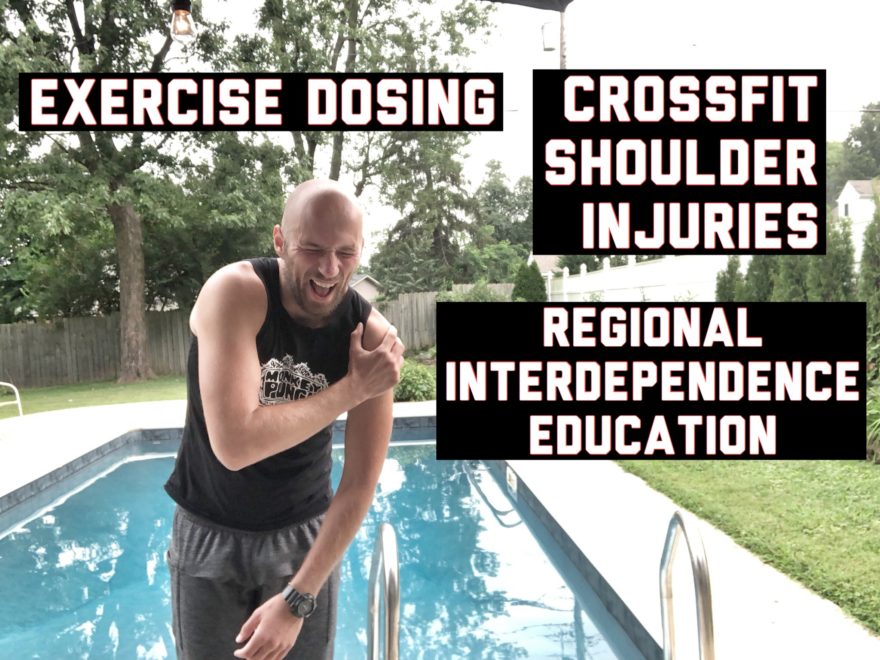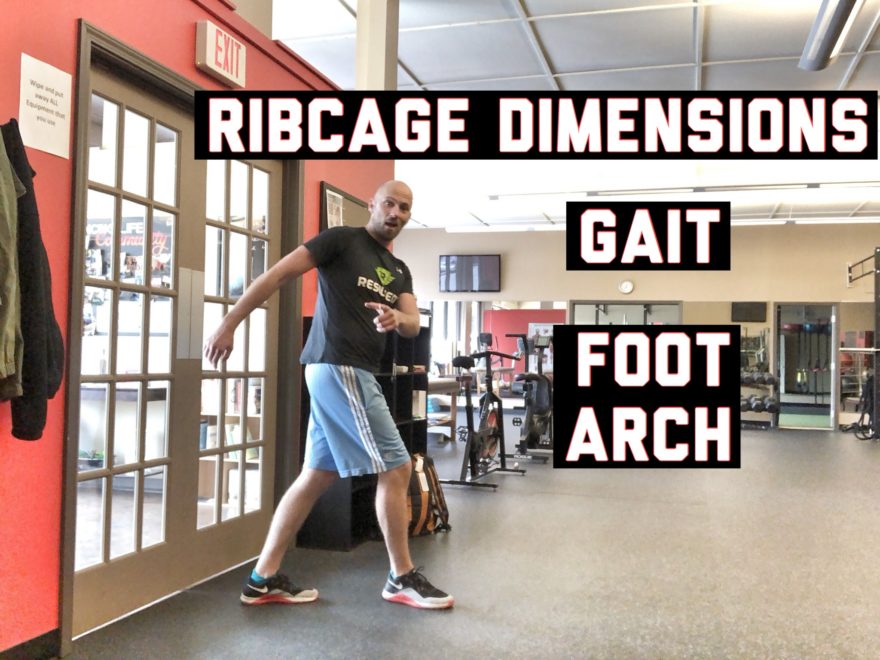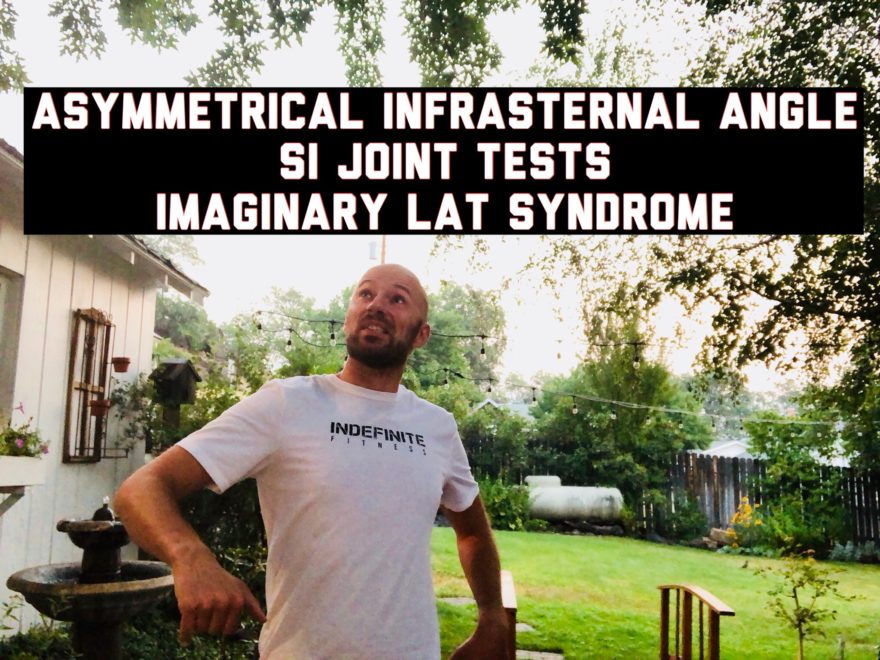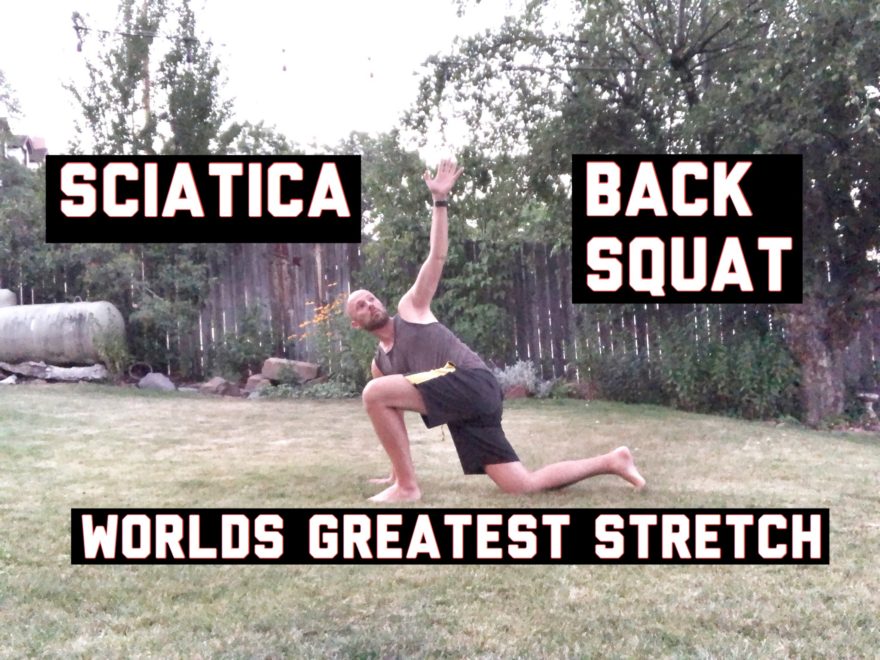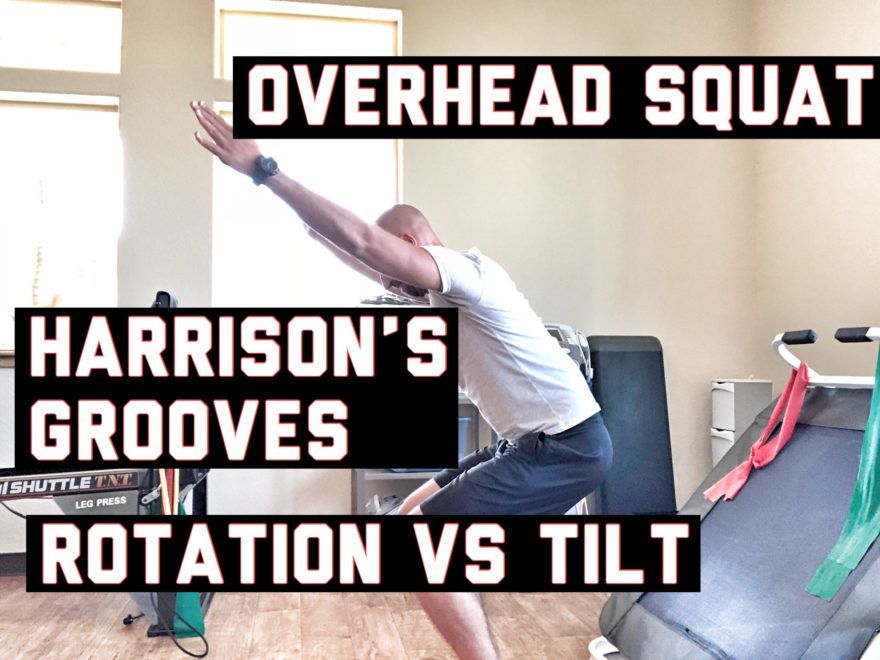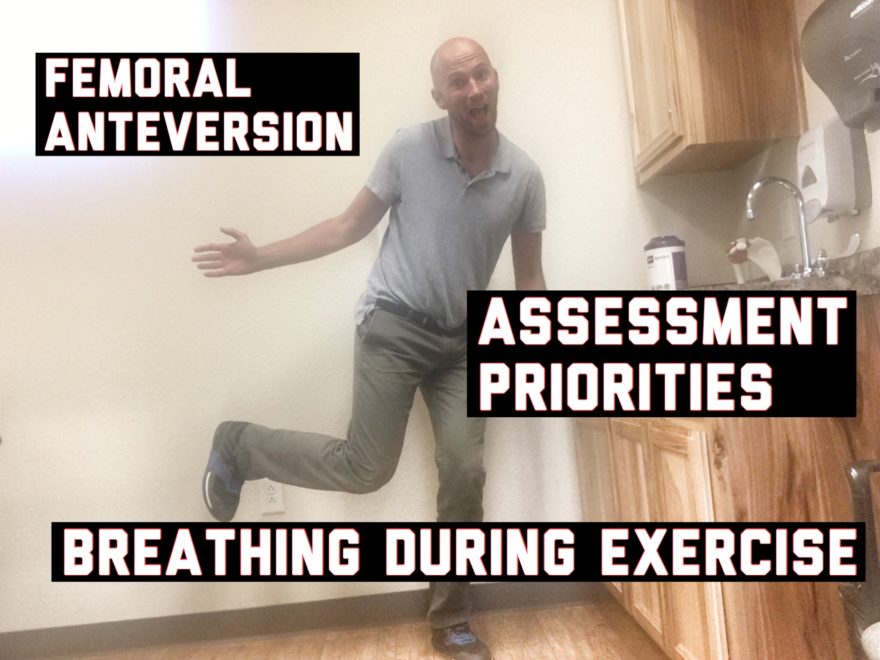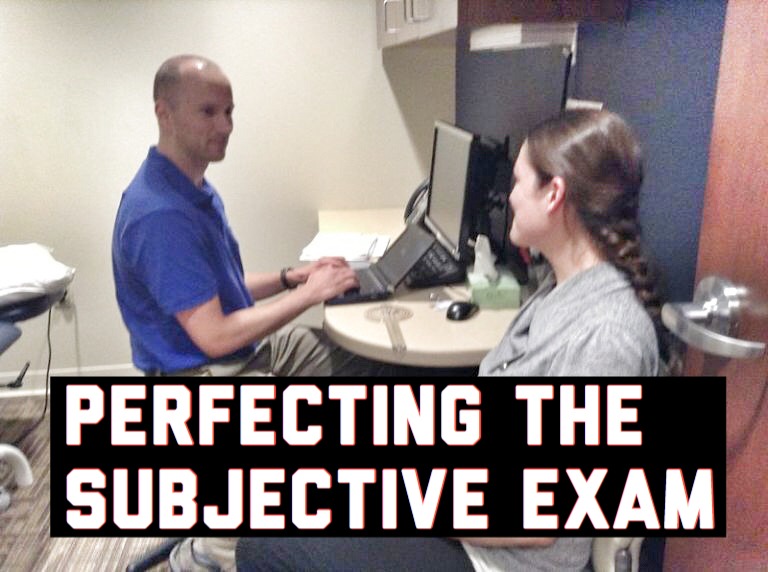Movement Debrief Episode 59 is in the books. Below is a copy of the video for your viewing pleasure, and audio if you can’t stand looking at me. Here is the set list: What are the top two studies that have influenced my practice? What is piriformis syndrome? How do I treat piriformis syndrome? What is screwing the feet? What position should the foot be in for squatting? If you want to watch these live, add me on Facebook or Instagram.They air every Wednesday at 7pm CST. Enjoy! and the audio version… Here were the links I mentioned: Sign-up for the Human Matrix in Seattle, WA on September 15-16th here Sign up for the Human Matrix in Kansas City, KS on October 27-28th here Sign-up for the Human Matrix in Portland, OR on November 10-11 here Read here to learn more about Human Matrix Coordinative variability and overuse injury Pat Davidson Mechanics of the respiratory muscles Here is the debrief on hip extension Below is a good move to improve hip internal rotation Below is a good move to improve hip external rotation Below is the slump test Eric Oetter Below is an excerpt from a message I got from a bright PT student and zaccupples.com employee, Kris Camelio (Instagram, Twitter), in regards to the “foot screwing out” piece. I thought you may enjoy. Pronation during squat makes the foot segment mobile and thus offers less stability for the rest of
Read More